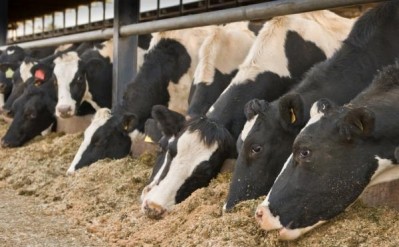EFSA updates GM risk assessment guidance
Areas in which EFSA’s GMO panel has reviewed and updated its guidance for GM applications submitted for authorisation in the EU relate to data generation, collection and analysis.
The environmental risk assessment (ERA) of GM plants involves generating, collecting and assessing information on a GM plant in order to determine its impact on human/animal health and the environment relative to non-GMOs, and thus assessing their relative safety.
EFSA is an essential cog in the process for deciding whether genetically-modified plants may be grown in or imported into the EU, and used in food and feed.
As the European Commission’s independent risk assessor, a scientific opinion is requested before regulatory decisions are made – although a positive opinion by no means guarantees approval.
Following a request from the Commission in 2008, EFSA spent two years drawing up its guidance on environmental risk assessment. This included discussions with a range of stakeholders and GM experts on specific technical and scientific issues. And EFSA reports that it received 494 comments from stakeholders during a period of consultation followed the release of the draft guidelines in March this year.
The Parma based agency told FoodNavigator.com that the new risk assessment elements which have either been introduced or updated form the previous ERA guidance include:
- Information and criteria for the selection of representative environments where the GM crop is likely to be grown, in order to take into consideration regional specificities;
- A detailed scheme for the selection of those non-target species of insects which require attention;
- A detailed tiered approach for the assessment of intended effects (‘intended’ or ‘anticipated’ due to the genetic modification);
- A four-pillars approach to assess unintended effects based on a weight-of-evidence approach considering as molecular data, compositional data, data from agronomic and phenotypic field trials and data on the GM plant and receiving environments interactions;
- Statistical considerations for laboratory and field experimentation and their design
- In addition, the NTO opinion provides examples of testing and sampling methods as well as a case-study in order to better guide risk assessors through the different steps of the ERA.
EFSA said that the concept of “extended compositional analysis” received a wide range of comments from all stakeholders and was revised. "In particular, regarding what should be analysed in this type of tests, it was agreed that the compositional analyses would integrate more tissues rather than more compounds, as this was considered more appropriate by all commentators," said the food safety watchdog.
The updated EFSA guidance on GM plant risk assessment can be read here
The outcome of EFSA's public consultation can be read here
















